Robert Lester Folsom | Abacus | Interview
Robert Lester Folsom is a singer-songwriter and guitarist that released a now considered classic private press album, ‘Music And Dreams’ in 1976, reissued by Anthology Recordings.
His sole album is an unexpected relic from the era with a distinct knack for songcraft, hooks and breezy melodies. When Anthology’s reissue of ‘Music and Dreams,’ the sole contemporaneous album released in 1976 by Folsom, surfaced in 2010, little else was known of Folsom’s nearly five-decade deep archive of unreleased demos and fully formed studio recordings. In 1975, Folsom assembled Abacus, a rock ‘n’ roll band made up of his hometown and college friends from southern Georgia. Inspired by the sounds and vibes the band was producing, Folsom dropped out of college to pursue his true passion of music. Spurred on by lead guitarist Hans VanBrackle (also Folsom’s sidekick on the reel-to-reel recordings that would eventually become the album ‘Ode to a Rainy Day’), who attended school in Auburn, Alabama, Folsom convinced the entire band to relocate there. Leaving a major, southeastern college town, their time in Auburn was unfortunately uneventful. Abacus was only able to book one solid gig in their new homebase, in part due to the rising popularity of disco as well as a string of failed managers.
Folsom’s career was picked up by the fantastic reissue of his sole album, followed by the release of many demo recordings. He is still keeping busy recording new material.
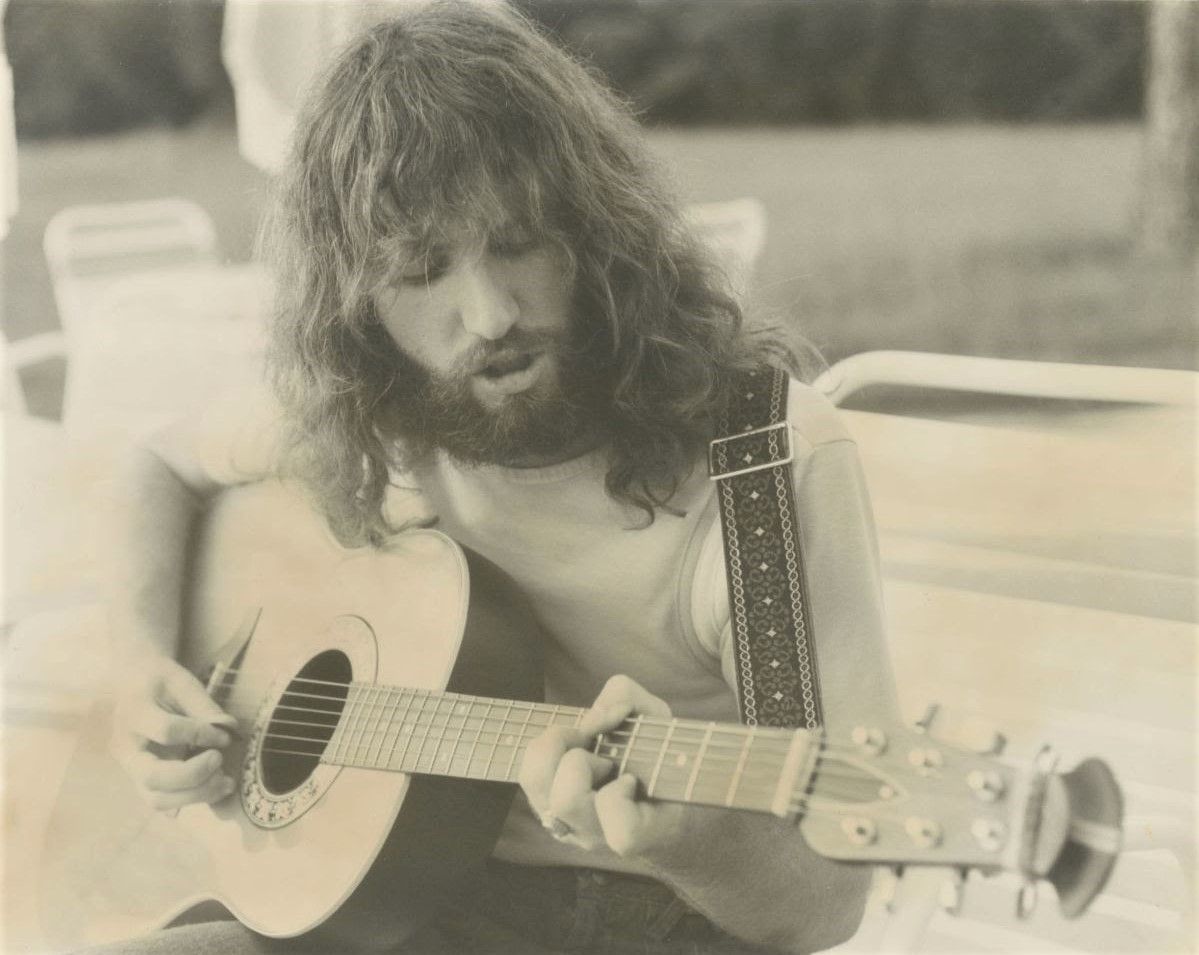
“The songs were about living the dream”
After years and years of research and interviews, I still find it amazing when you find a privately pressed album of a folkie which sounds top notch. That’s the feeling I get when I’m listening to ‘Music And Dreams,’ a fantastic record I found thanks to Anthology Recordings. How much effort went into recording it?
Robert Lester Folsom: My band Abacus had been holed up in a house in Auburn, Alabama where we hoped to get a lot of college gigs plus my lead guitarist, Hans VanBrackle was in school there so we thought it would be a good place to base the band. We rehearsed everyday but did not get many gigs. Because of these rehearsals by the time I was ready to record a solo album everyone in Abacus knew my songs very well. We were very tight. I gave my recording engineer, Stan Dacus some of my reel to reel recordings and between us we came up with the songs we would record. Basic tracks came about very quickly as my band was well rehearsed. I had ideas for overdubs then we added the vocals. Stan also had ideas to enhance the recordings. One thing that we did that was somewhat unique at the time was to run various things like Elka strings and other instruments through a flanger. I still use the flanger from time to time.
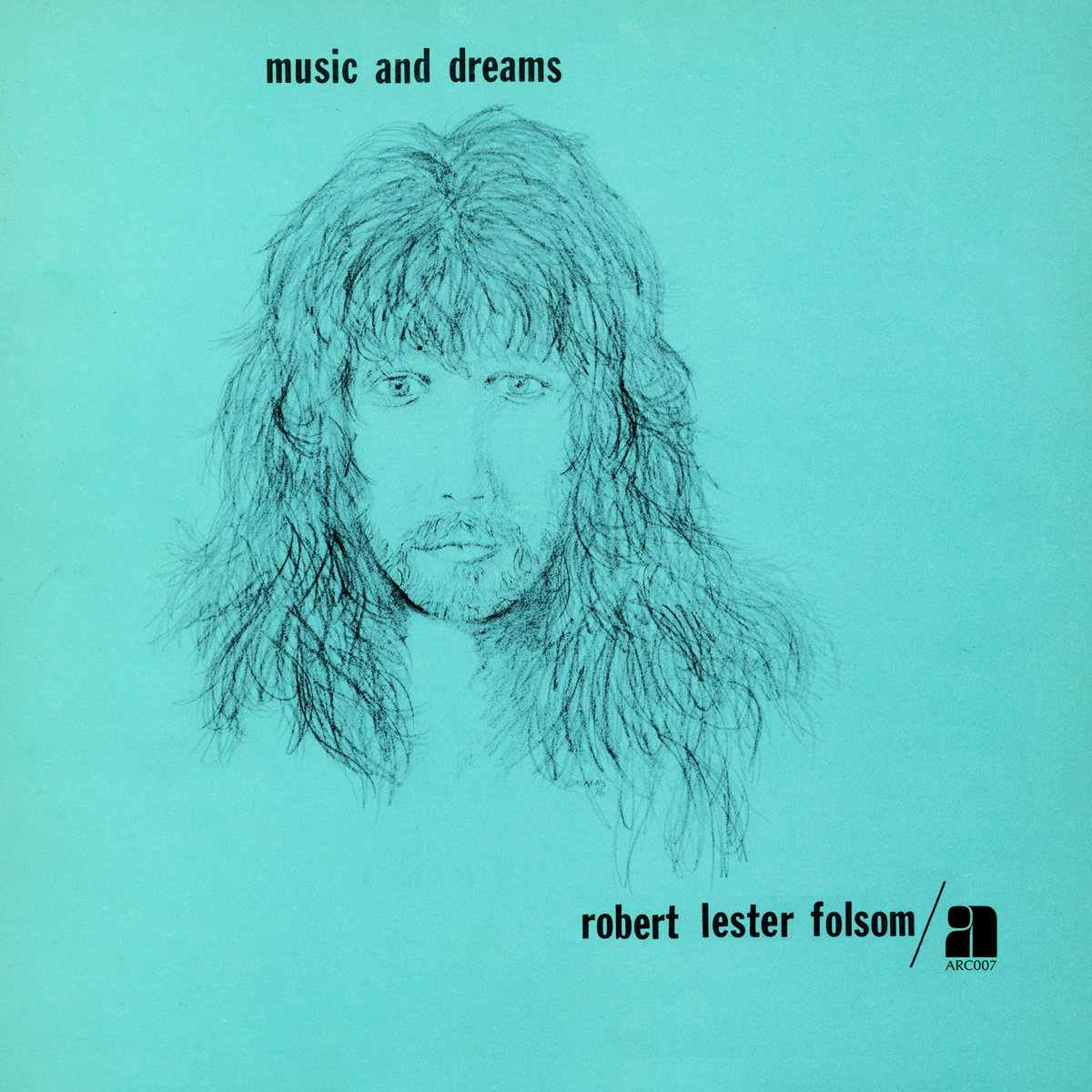
If we look at the circumstances around which you recorded this album I found it extraordinary how good it sounds, how did you manage to do that without being featured on a major label?
My engineer had quite a bit of experience with various artists back in the early ’70s and the Atlanta LeFevre studio was state of the art at that time. My band was well rehearsed and I had ideas from all of the influences in my life listening to good music. We did not want to sound homemade.
What’s your typical songwriting process like for you? As an active musician, do you feel it changes during the years? And I have the same question about influences. Did influences change during the years?
I sit down and play my guitar in the morning and that allows me to come up with tunes. I meditate quite a bit and I think about times and situations in my past. Some of my more recent songs are quite personal. Influences are the same today as they were in my past. I grew up in a small rural town in South Georgia and it had a great AM station that played all genres of music. Soul, country, pop, gospel, bluegrass and rock.
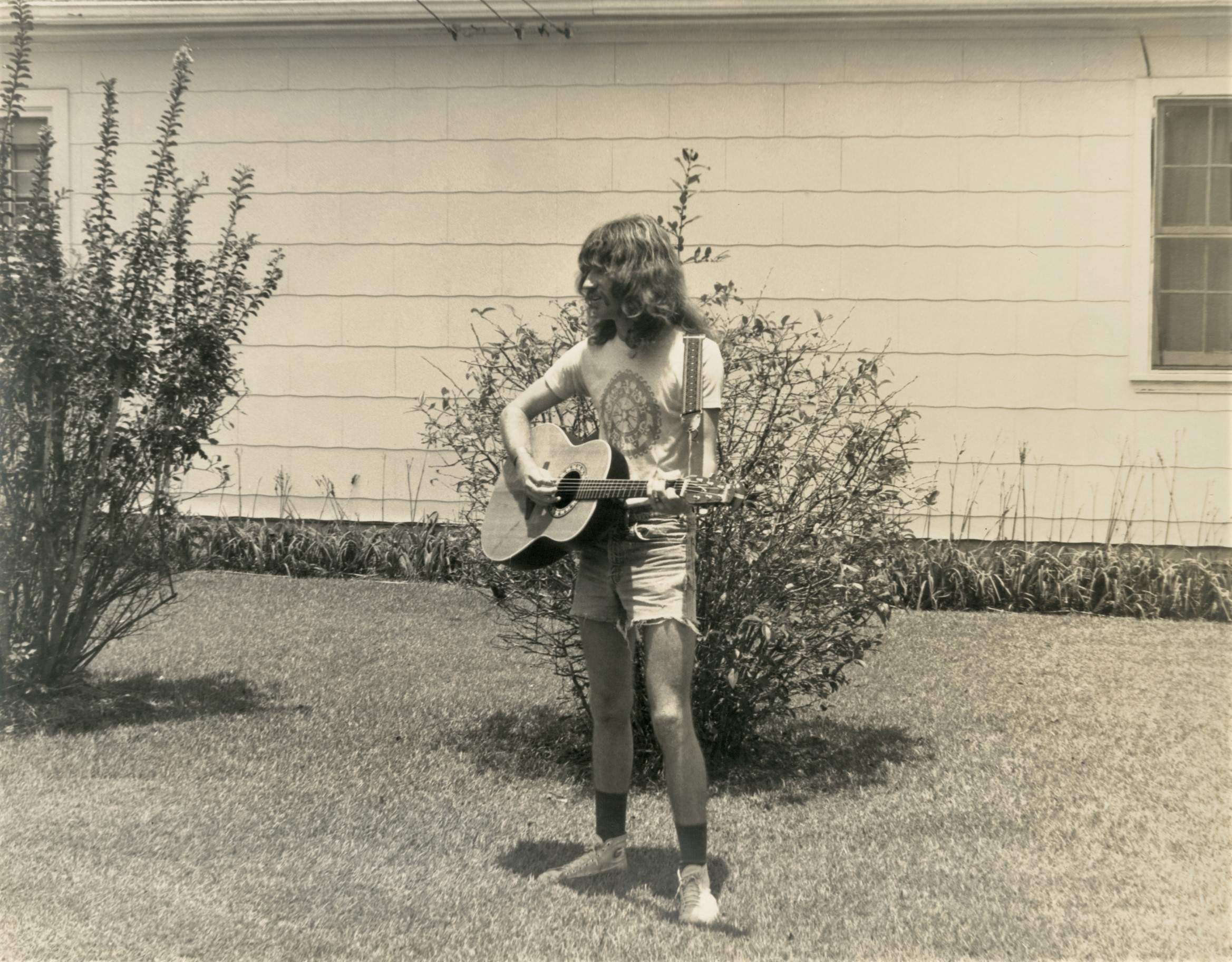
What records were close to your heart when working on your album? Did you have a specific record in mind that you want to “imitate” sound-wise?
I was influenced by and learned from many recordings in the ’60s and ’70s. I don’t think I was trying to imitate any particular artist or record. Some friends turned me on to ‘Surf’s Up’ by the Beach Boys around 1971 or ’72. I discovered ‘Twelve Dreams of Dr. Sardonicus’ by Spirit. The solo records by George Harrison and the other Beatle solo albums. ‘4 Way Street’ by Crosby, Stills, Nash & Young. So many others, but I will have to say ‘Music and Dreams’ simply sounds like ‘Music and Dreams’!
I would love it if you can analyze the songs on the record? What runs through your mind if I would play it again.
The songs were about living the dream of making music and not being held to the “norm.” Some songs were about relationships with certain young ladies and how those relationships did not last. ‘Jericho’ was about finding a peaceful place to reflect. ‘Show Me To the Window’ was about following my dreams unlike so many of my friends. ‘My Stove’s On Fire’ was about meeting a particular person but also protesting the sudden popularity of disco music. ‘Please Don’t Forget Me’ was just my way of telling folks not to forget what they meant to me.
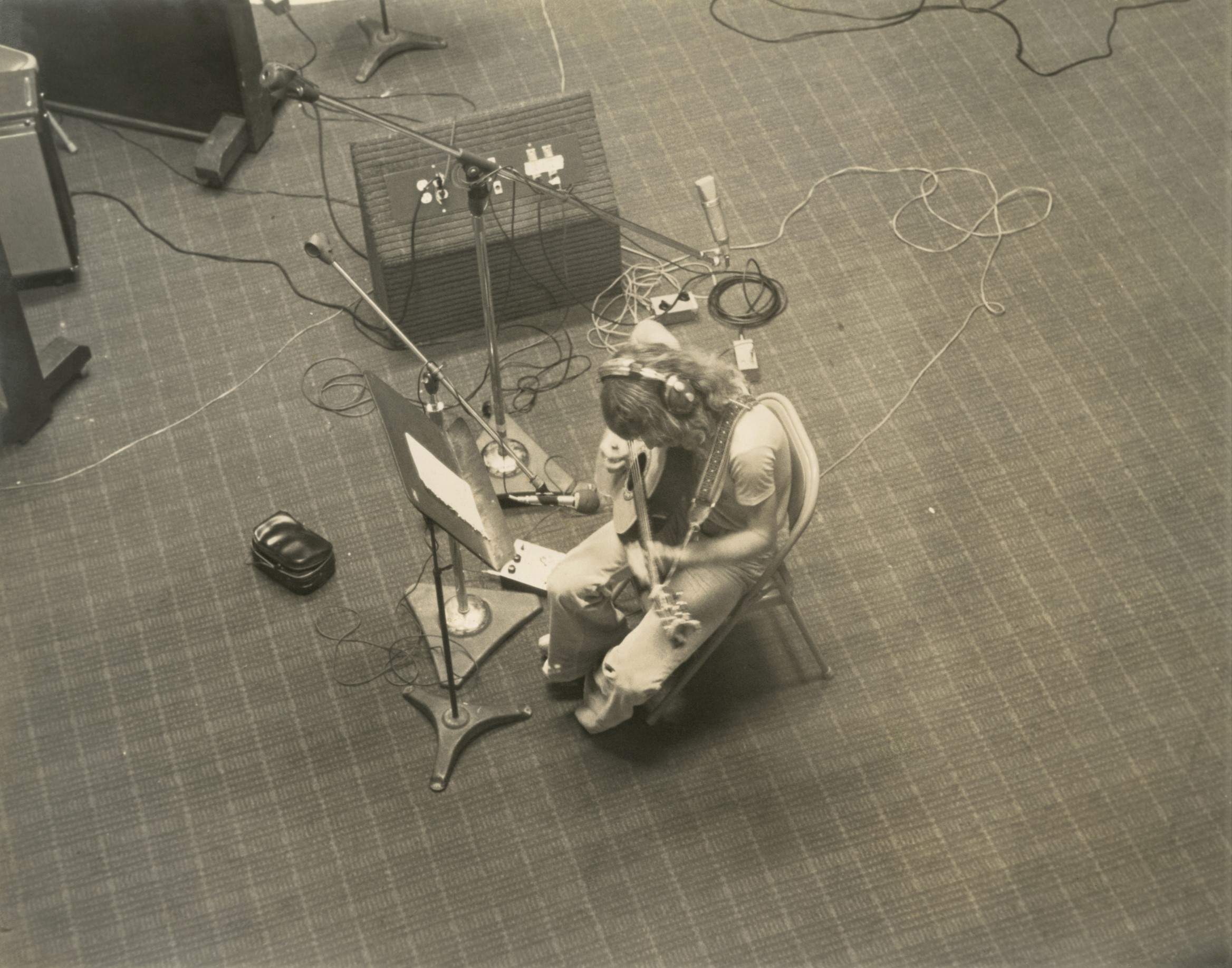
What was the production process like? How many copies were pressed and where and tell us about the album artwork.
One thousand vinyl records were made, about two hundred 8-tracks and about 500 singles which featured ‘My Stove’s On Fire’ on the A side and ‘Show Me To the Window’ on the B side. I commissioned a friend at college, Danny Dickens, who was an art major to do the cover. I wanted a pencil sketch of my face on the front cover with a pale blue background. I asked him to create a collage on the back using a few photos and some of his own artwork. I think he did a great job, but at the time I thought it was not a very professional looking cover. Now I realize that it is somewhat iconic!
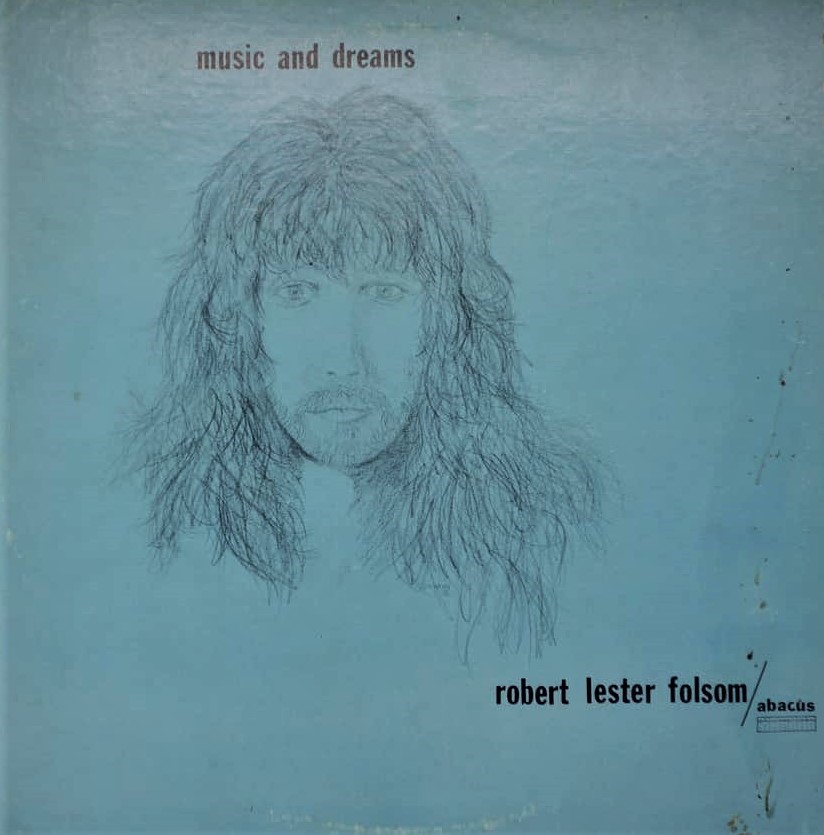
What was it like to grow up in a rural part of Georgia?
I grew up in Adel, GA. A small rural town located on I-75 in south central Georgia about 40 miles north of the Florida state line. It was a great place to grow up. Went camping with my friends and family. Went water skiing in the summer. In my early teens I worked on the farms with other teens. Fished and went swimming in the river and the local city swimming pool where they had a great jukebox. It’s funny, I was gonna say there wasn’t much to do, but I realized that was not true. But my great interest was in music and making music with my friends.
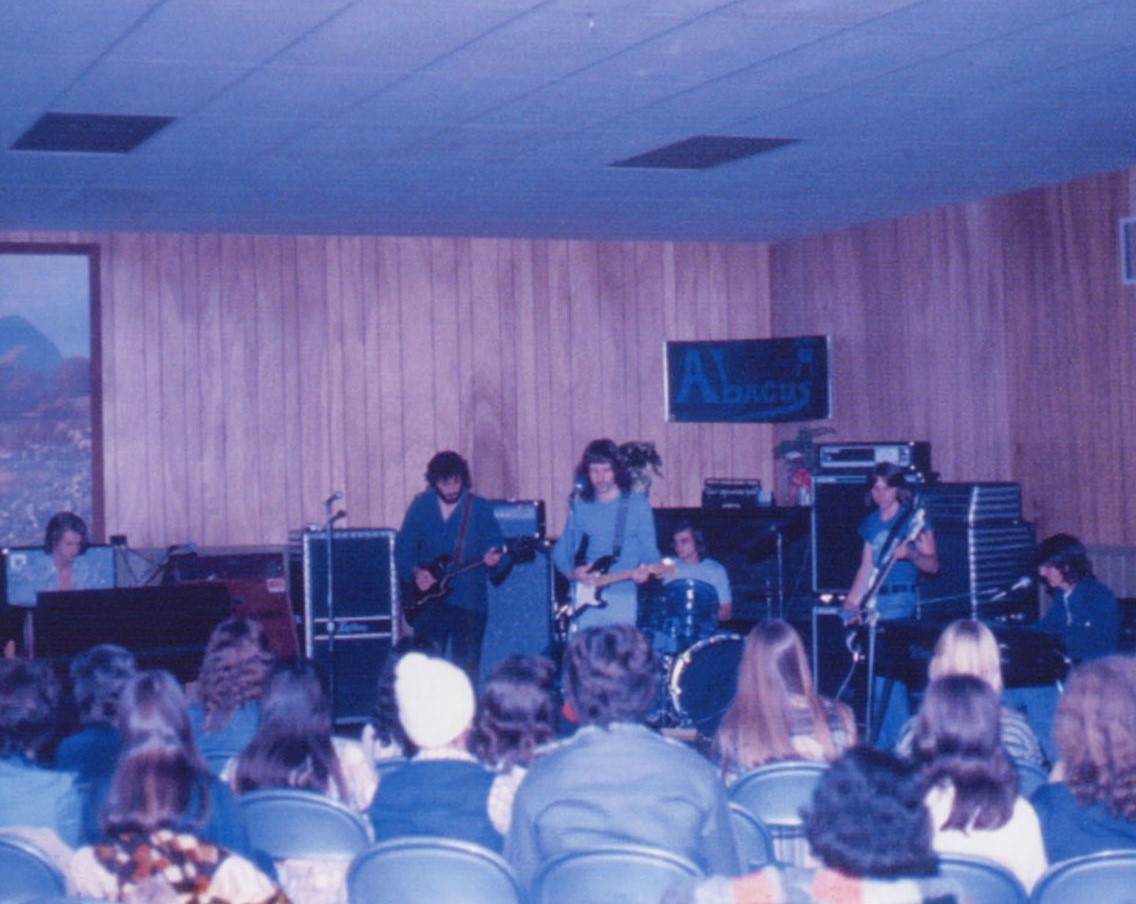
Did you have any bands apart from Abacus? If so, can you please tell us what kind of music you play and are there any unreleased recordings left?
I had bands in my little town but it was in college where I formed Abacus with new college friends and some from my hometown. There were lot’s of reel to reel recordings before, during and after Abacus that were unreleased.
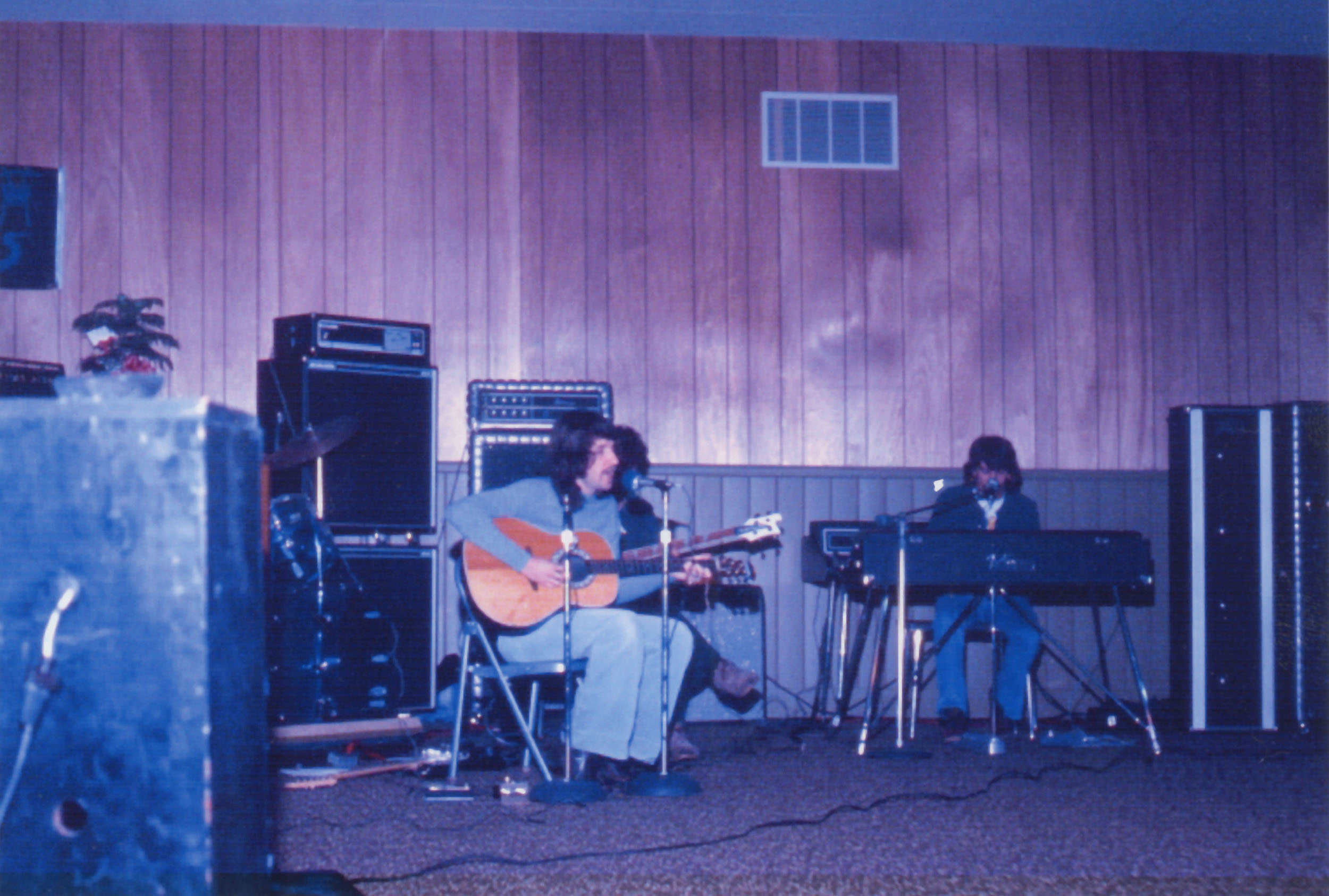
Tell us about the ‘Abacus Atlanta Sessions’. The music sounds as sweet as possible… I’m glad that you kept those tapes.
The ‘Abacus Atlanta Sessions’ were recorded at LeFevre Studio in Atlanta, Ga. in late 1975. This was when we were forever and always rehearsing in the house in Auburn, Alabama. My bass player, Sparky Smith and I drove up to Atlanta to check out LeFevre Studio which was owned by Mylon LeFevre’s family and at the time I thought he was pretty cool as he was gigging in England with some of my favorite artists.
We needed a demo tape so Sparky’s mother said she would pay for it if we would just book it. We booked a session and recorded 7 of our songs and we had a blast! This was the time when I met Stan Dacus who was the in-house engineer. While our intentions were to eventually record a band album for some reason in early 1976 the band Abacus was falling apart. Stan told me I should record a solo album. That’s when ‘Music and Dreams’ was pretty much born and what is crazy is that my very band, Abacus helped me record it! They wanted to be on board and I was very grateful.
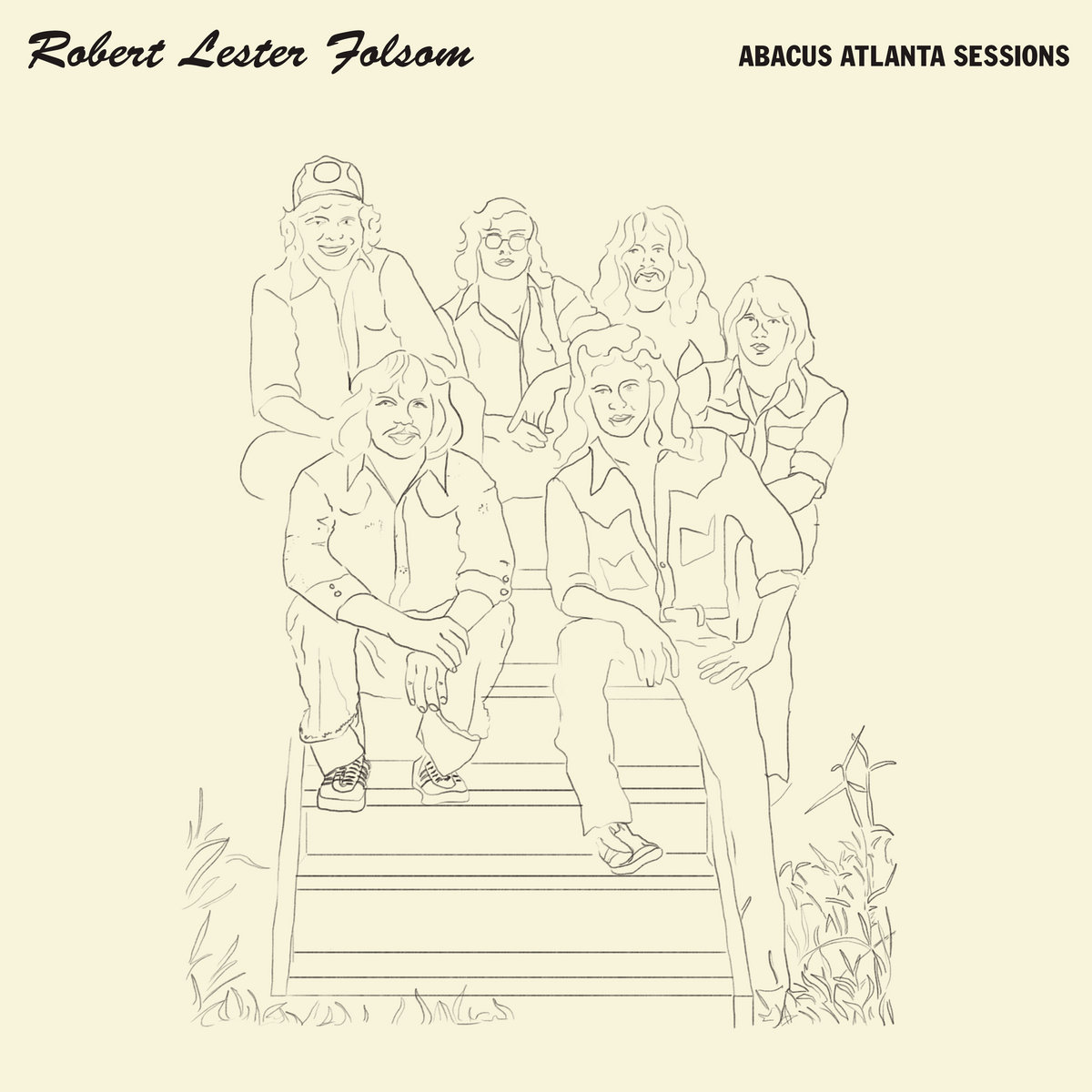
At the time of finishing your first album, you also wanted to release a follow-up album, what happened?
I got married. Reality set in. ‘Music and Dreams’ did not really do very well and it did not create enough interest or income to record a follow-up. I produced the Stroke Band album, ‘Green and Yellow’ and found a way to at least record a single. Actually I wanted to record an album titled ‘Warm Horizons’. The single ended up being ‘Blues Stay Away’ on the A side and ‘Warm Horizons’ on the B side. It got a decent amount of airplay, but I think I was somewhat disappointed that I had not been able to record an entire album.
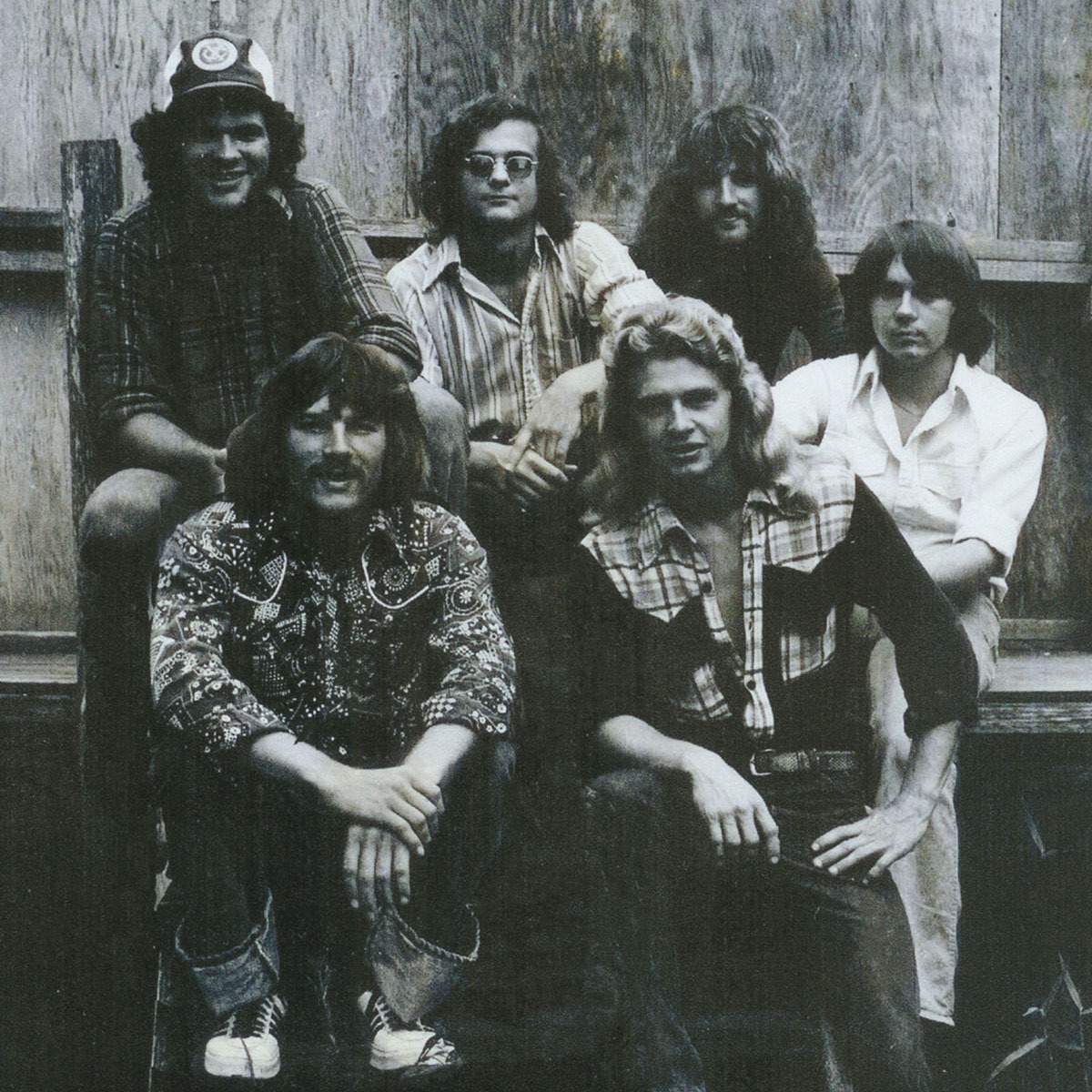
There are also two singles you self-released… did you send them to the radio stations et cetera?
The two singles were ‘My Stove’s On Fire’ / ‘Show Me To the Window’ and ‘Blues Stay Away’ / ‘Warm Horizons’. I pitched them as much as I could.
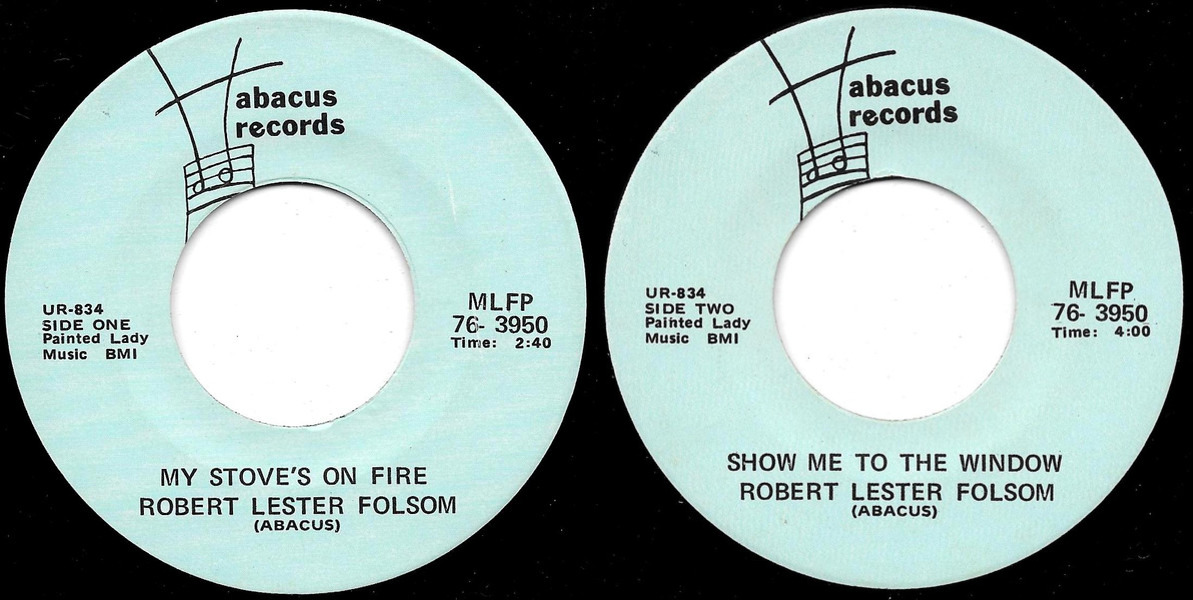
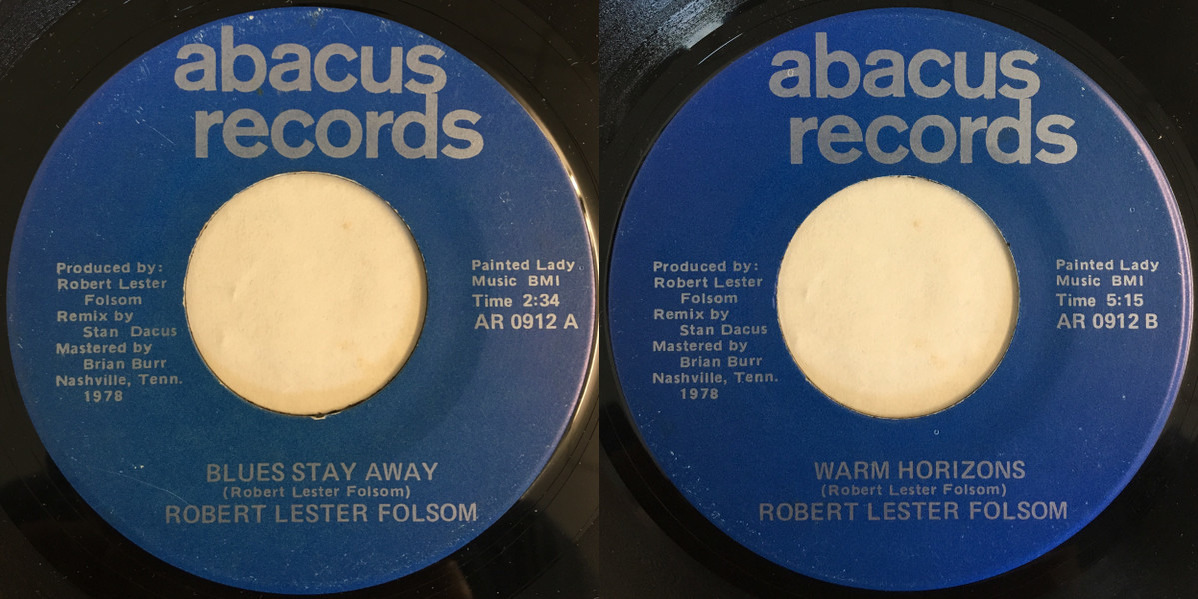
How did you get to release the Stroke Band? And tell us all about their sole album? How many copies were pressed?
The leader of the Stroke Band, Bruce Joyner knew about how I had produced my own album so he hired me to help him do the same. I went and listened to his band and thought he had a unique sound and felt like it would be fun to produce. We booked time at a small studio in Valdosta, Ga and we had a wild ride. Bruce and his bander members were great guys but things could get a little crazy sometimes. Bruce had great tunes and ideas but it was hard to get everyone on the same page sometimes. A friend who grew up across the street from me in my hometown, Don Fleming was in town and he was messing around with making music and I somehow got him involved with the Stroke Band project. He and I played on many of the tracks and he actually added some of his songs to the sessions. Don and I pretty much mixed the album and I released it on my own label, Abacus Records. He did a thousand vinyl records and some 8-tracks and we also released a single. The single was ‘Don’t Get Angry’ backed by ‘Rat Race’. I thought the single was pretty cool. Anthology Recordings released the album in 2014.
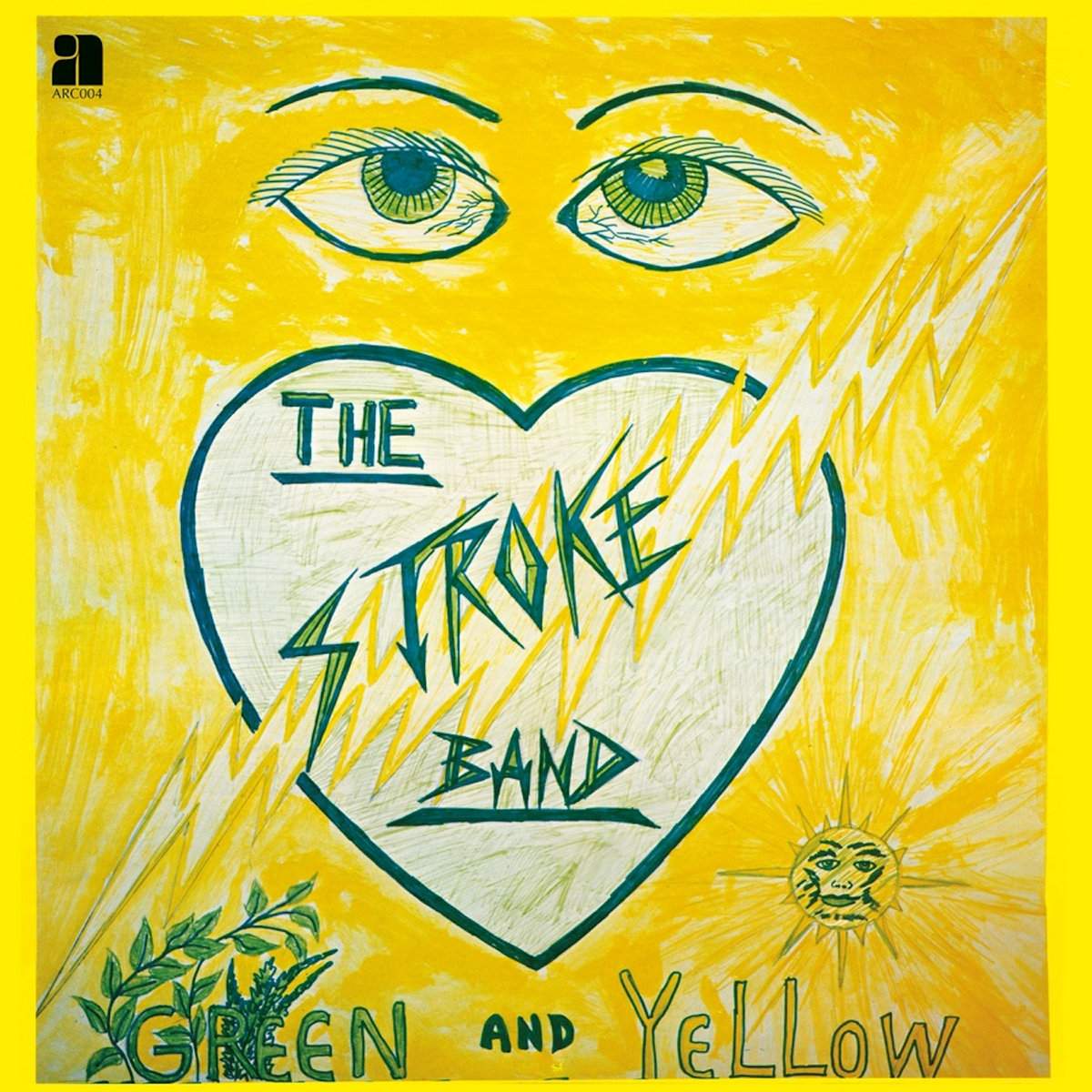
Did you often play live back in the 70s?
We played school proms and dances, teen clubs, American Legions and VFWs and just regular concerts indoor and outdoor. We performed my originals mixed with some covers. We did okay.
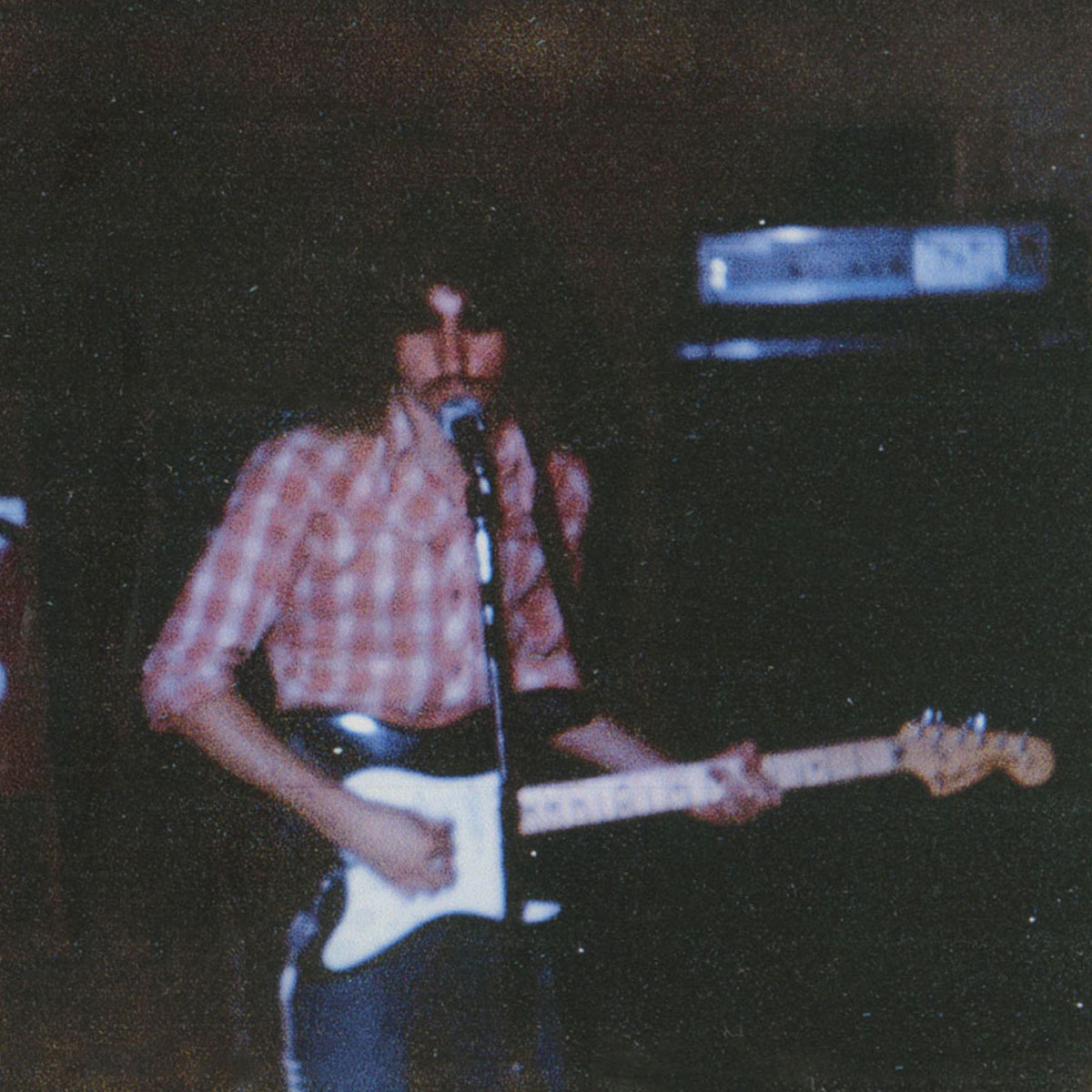
What followed?
I met someone, got married and moved to Jacksonville, Florida for her career. I thought at the time that I wanted to move to Nashville, Tennessee, but that didn’t happen. I worked in a record store for a while then I got a part time job as a painter’s helper and later started my own business as a painter. Started a family and I guess we did okay, but I was not living my dream.
How did you get into Revolution Friday, a band that released ‘Taken by Storm’ in the 90s?
I was painting a house for a couple who were in a Christian rock band called Revolution Friday. The husband was the drummer and his wife was the lead singer. They knew I was a musician so they invited me to one of their rehearsals. I was impressed. They eventually asked me to sit in and I guess they were impressed as they asked me to join the band. I played acoustic/electric guitar and enhanced their sound with various effects that worked well with their sound. We did a lot of concerts and recorded a pretty good album called ‘Taken By Storm’. Things were going very well until the drummer had a career change and moved to Birmingham, Alabama. Of course the lead singer, his wife, moved too. That was very disappointing to me as I thought we had a good thing going. I did record some demos with the lead singer that were pretty cool and she really wanted me to move to Birmingham, but I really couldn’t see doing that.
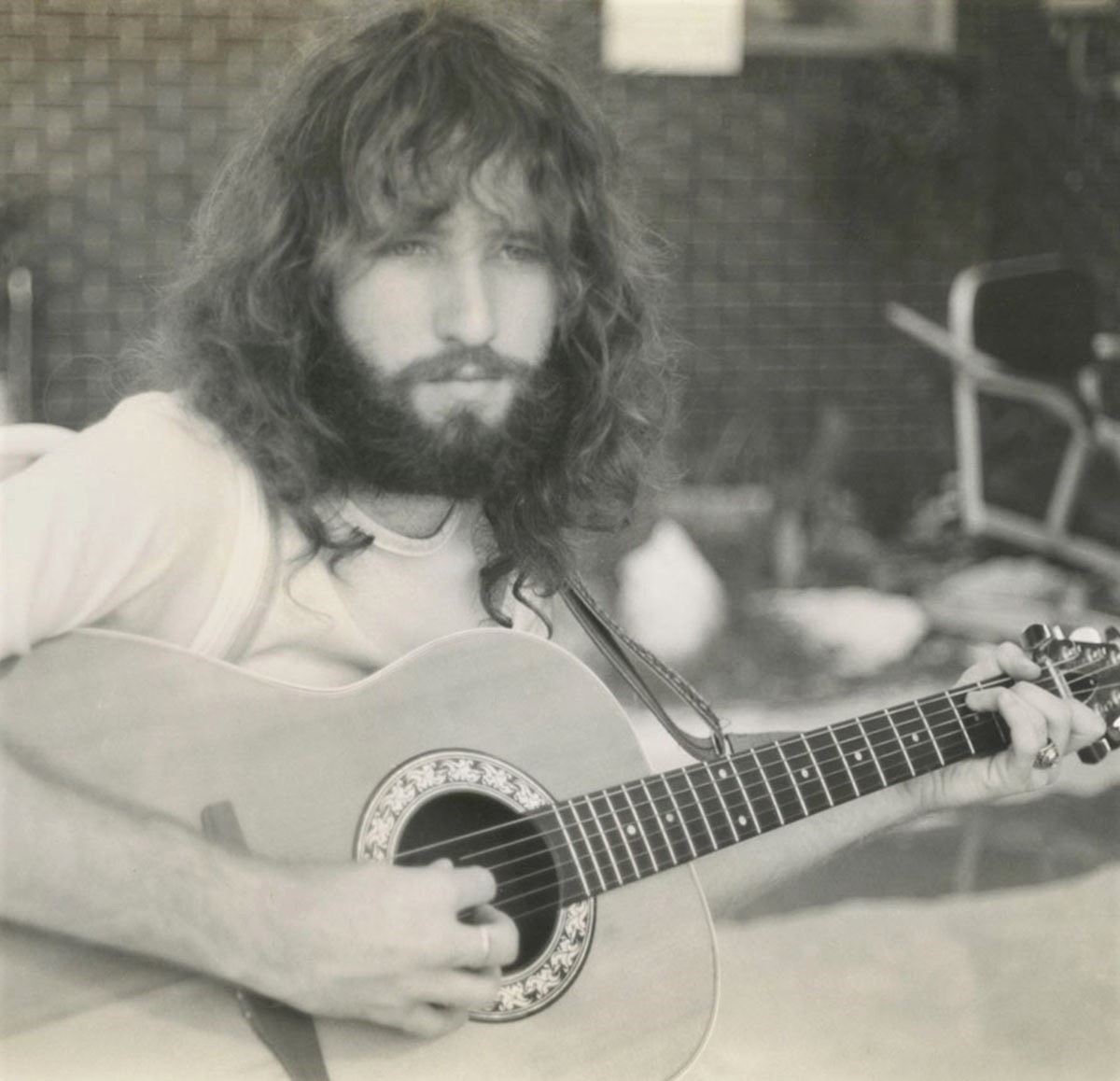
As a songwriter, what makes a good song?
I think a good concept, a good melody and a good beat along with good chord structures tend to make good songs. I have no idea how to write a hit song! That probably should not be the goal if I’m trying to be sincere. I think the attraction in my songs is mostly the melodies.
How did Mexican Summer discover your record? Where did they find you and what was your initial reaction?
A guy in California, Douglas McGowan found ‘Music and Dreams’ on the internet. It was being bootlegged by someone in Japan. He got in touch with me and asked me if he could release it on his internet label, Yoga Records. I thought that would be good so we agreed on an arrangement. He somehow pitched it to Keith Abrahamsson at Mexican Summer. Keith called me and said he would like to release it on vinyl. I was surprised, but I said sure.
I did not realize vinyl was making a comeback. Then a label in South Korea offered to release it on CD. I agreed to all these releases and was quite amazed! I felt I was lost and had been found. It was a good thing happening!
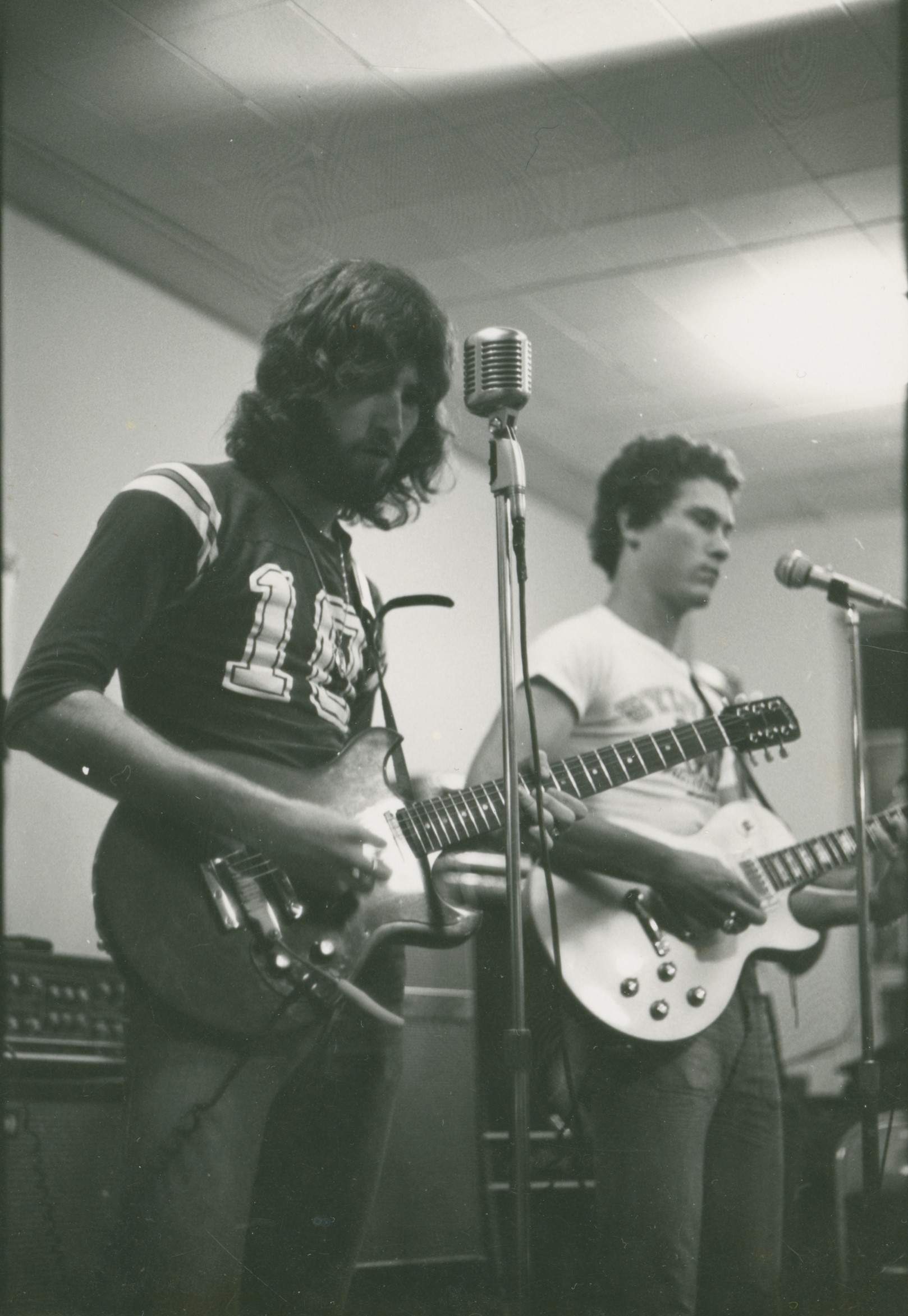
“Rainy days can inspire me to write songs”
Would you like to talk a bit about the song featured on ‘Ode to a Rainy Day: Archives 1972-1975’?
‘Ode To A Rainy Day’ was a reference to how back in the day, if the weather was bad then we had to stay in and play our music. We would record my songs on my Sears reel-to-reel and have a great time since we couldn’t enjoy the outdoors. Rainy days can inspire me to write songs sometimes as well.

What inspired you to record a brand new album, ‘Beautiful Nonsense’?
After the reissue of ‘Music and Dreams’ I put a band together to hopefully play gigs again and maybe record new songs. I met a fellow here in Jacksonville who had a cool studio called Radical Recording Studio. This person was Roy Peak and we had and have a good working relationship with him as engineer and me as producer. With him and this band we recorded ‘Beautiful Nonsense’. I thought it turned out very well and released it on CD on my label Abacus Records. I sold enough copies to pay for the project and it was released by a label in Japan in 2017. I had hoped that Mexican Summer would release it on vinyl but that did not happen. It’s available on the internet. It is a very good album!
2020 was a busy year music-wise for you, tell us about the release of ‘Bridge’ and an EP ‘Autumn Lament’?
I wanted to record an album called ‘Bridge’. In a rush to get something out I released ‘Autumn Lament’ as an EP. Then I later released ‘Bridge’ as a second EP. Together they would have made a great album and I also hoped that with them both put together they could be released on vinyl by Mexican Summer but again it was not to be. They are both very good EPs.
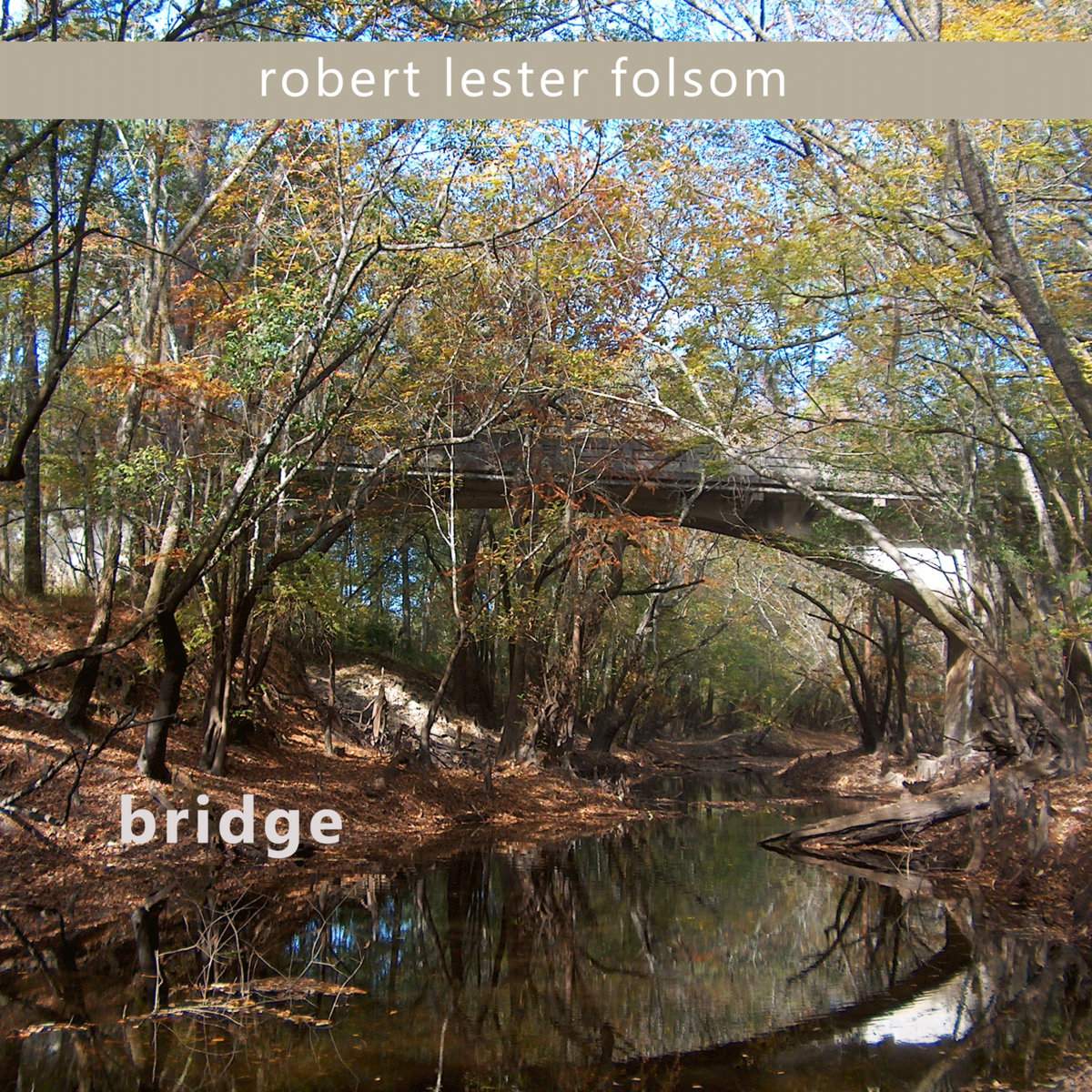
If I’m not mistaken the very last thing you released are two singles, ‘Georgia Music’ ‘We Ride Our Bikes Around’?
I wanted to be relevant in 2021 so I decided to record and release two singles. That seemed to be a fad anyway. I released ‘We Ride Our Bikes Around’ and a while later ‘Georgia Music’.
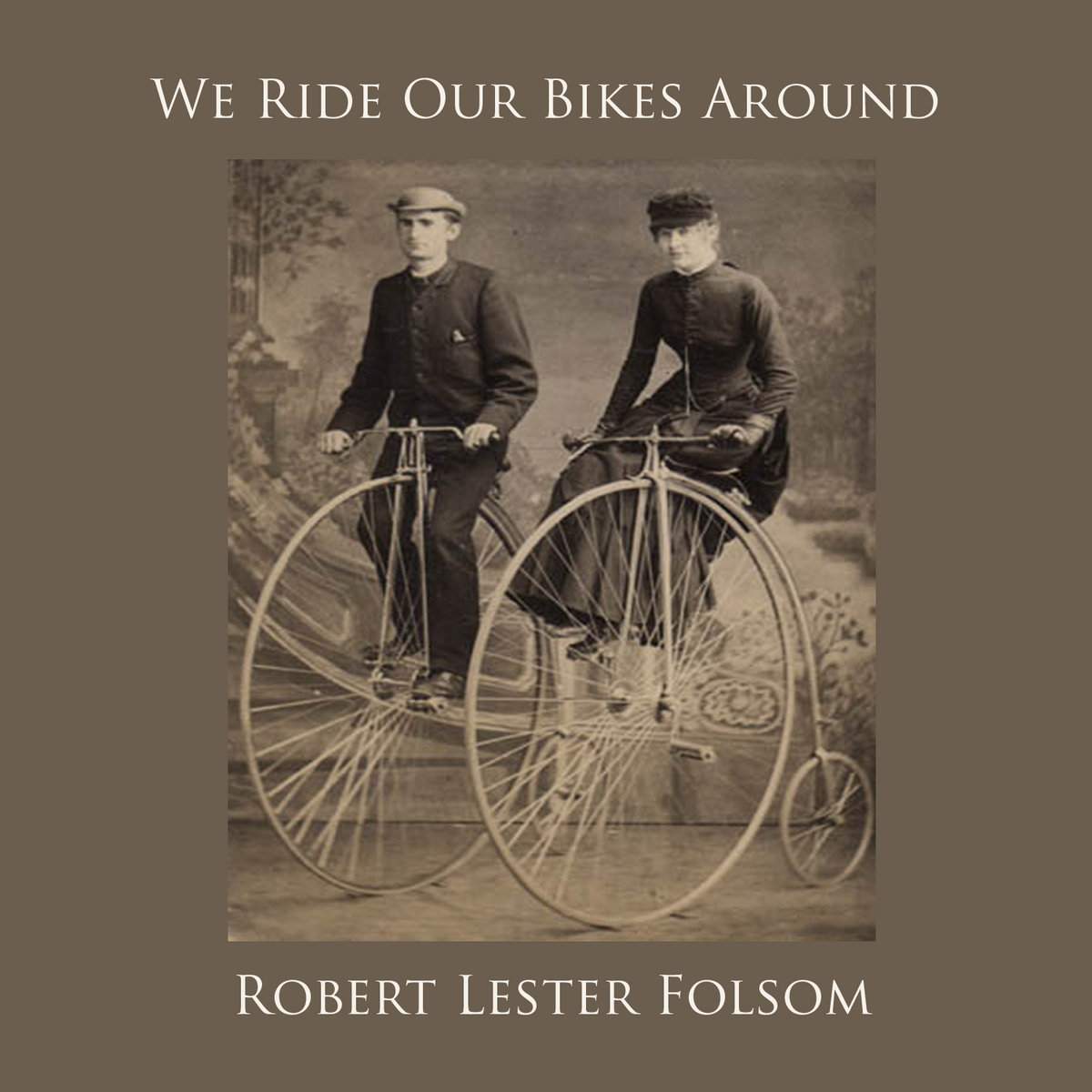
They were very well received. ‘Georgia Music’ is my music career in three verses. ‘We Ride Our Bikes Around’ is about how I love to ride my bicycle everyday and sometimes with a friend.
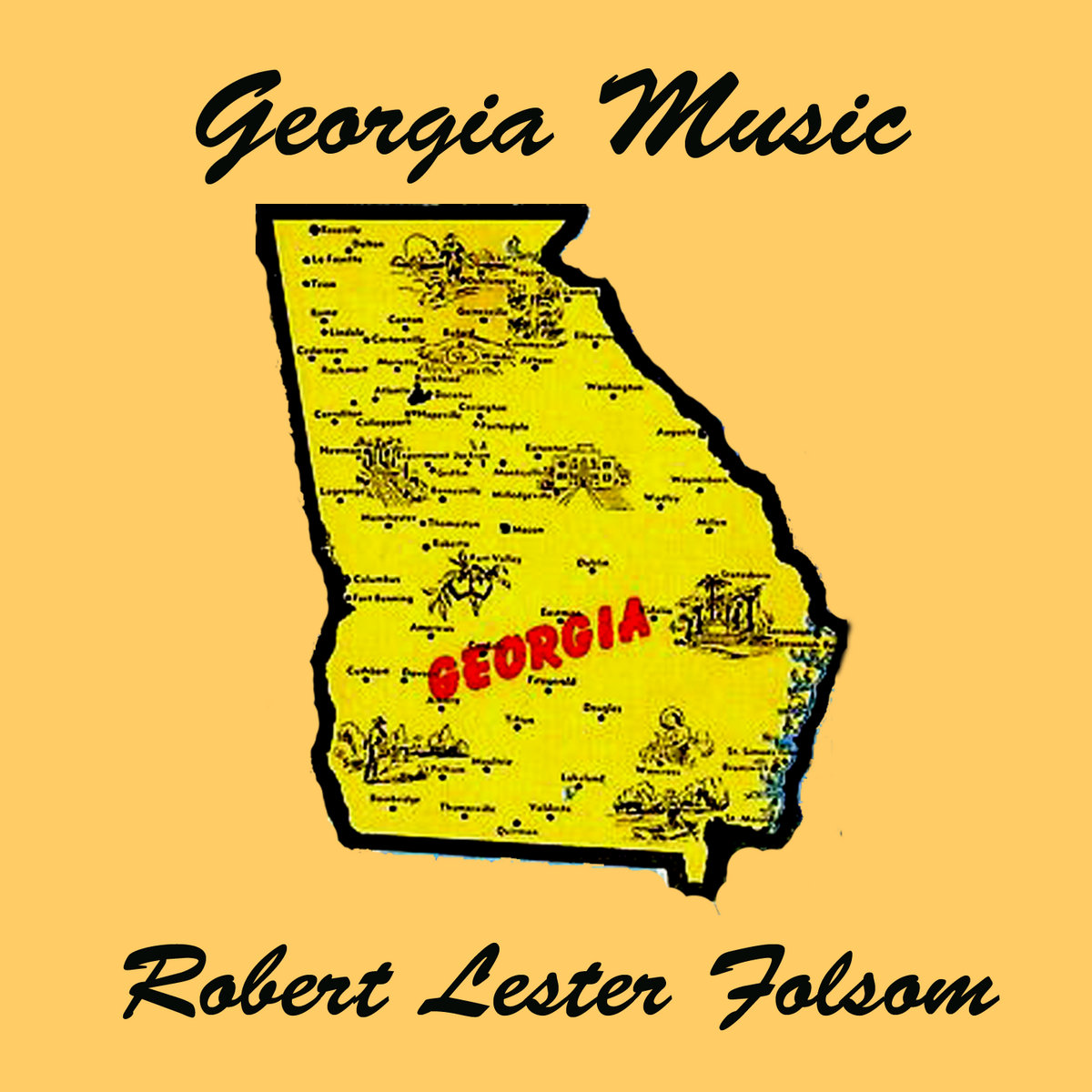
‘Sunshine Only Sometimes Archives Vol. 2, 1972–1975’ was also recently released by Anthology Recordings.
‘Sunshine Only Sometimes’ is basically “Volume 2” of the old reel-to-reel recordings released by Anthology Recordings. There are so many recordings that I’m hoping to see a “Volume 3” in the near future. I am grateful these recordings are being released and I am amazed at how well they have been received.
Folks seem to like the rawness of the recordings and I think there is some quality to the songwriting. I especially like the title track as it is quite psychedelic and beautiful.
Are you working on something new?
I am working on a new album of mostly new songs and they are a reflection of events in my personal life. I’m recording it at Radical Recording with Roy as my engineer again and the help of my musician friends. We are playing live as well whenever possible.
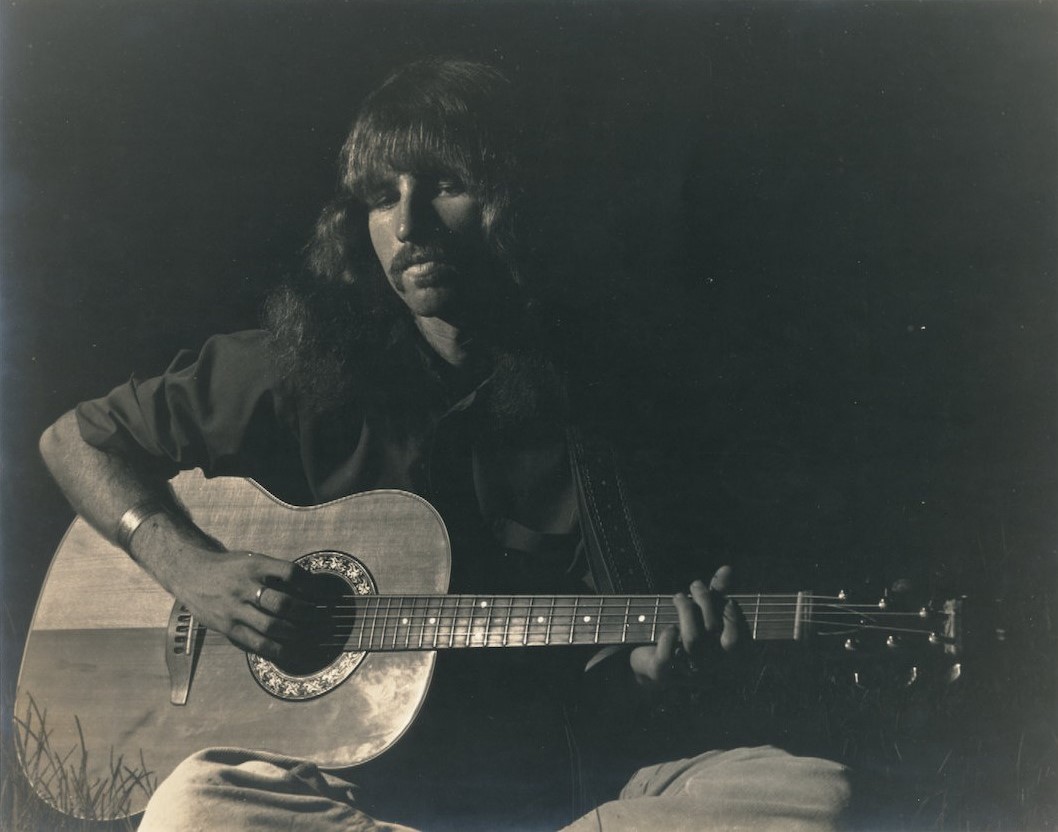
Looking back, what was the highlight of your time? Which songs are you most proud of? Where and when was your most memorable gig?
The highlights of my time are the births of my children, relationships I have enjoyed and the times I had friends who enjoyed playing my music with me. The songs I am most proud of are like asking me which one of my children I love the most! I’m proud of them all. ‘My Stove’s On Fire’ seemed to click so well, ‘See You Later I’m Gone’ expresses such an emotional feeling, ‘Heaven On the Beach With You’ is just so nice, ‘April Suzanne’ seems to resonate with so many people and ‘Blues Stay Away’ has a message that seems to always be so relevant to the times. Playing at the Knitting Factory in New York City was the greatest gig. To be playing my songs to so many people and to see them singing along was just amazing! It was October 2010 and I will always cherish that experience.
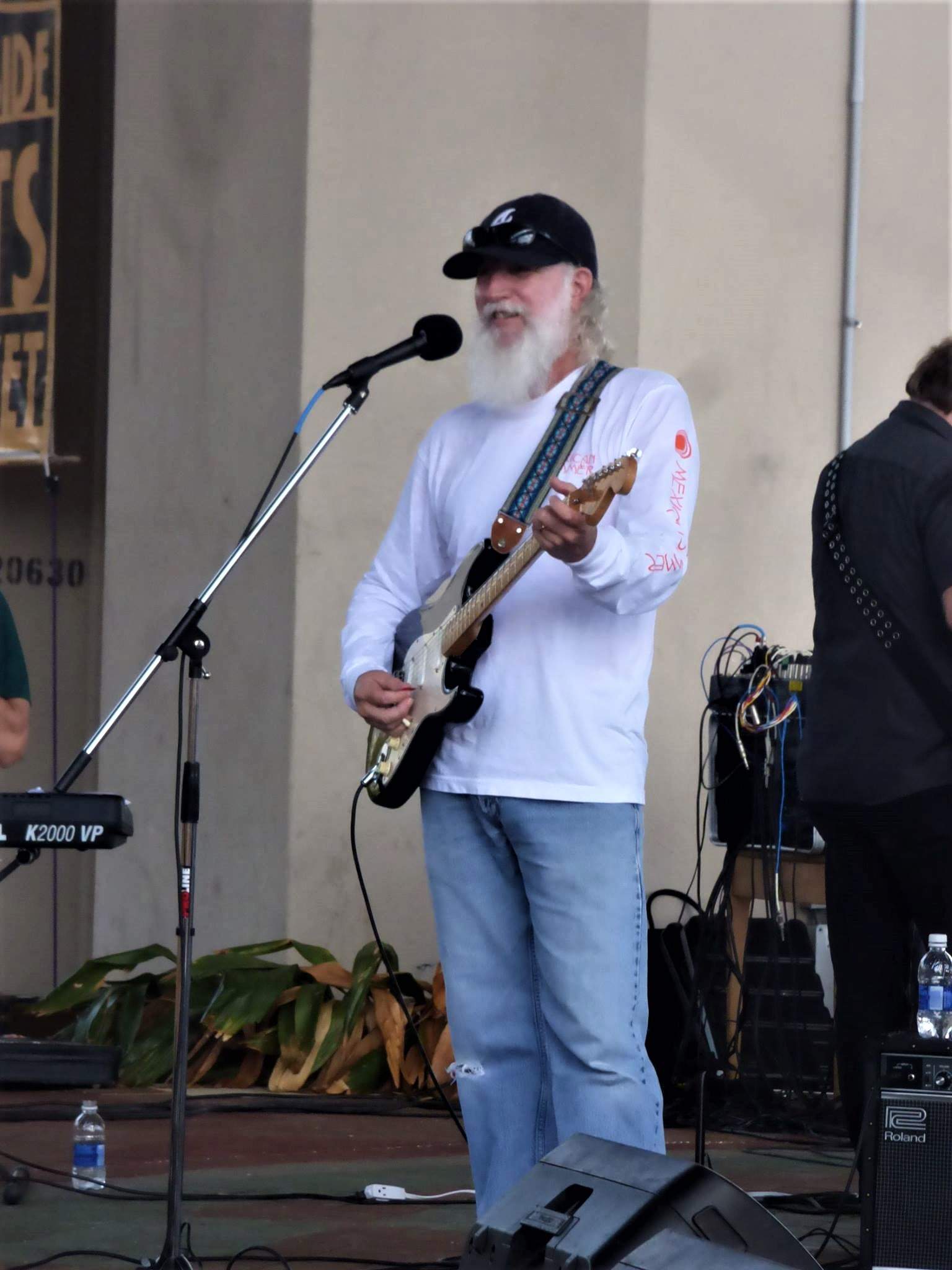
Thank you for taking your time. Last word is yours.
Thank you so much for asking me to participate in this interview. I am so grateful after so many years that my music seems to have a new life. People of all ages and all walks of life seem to appreciate my recordings. It may have taken a while, but now is as good of a time as any and I am really enjoying it. I hope the Anthology series continues and I hope that my new music finds its way onto vinyl in the near future. Thank you, love and peace to all!
Klemen Breznikar
Photos: Robert Lester Folsom / Anthology Recordings
Robert Lester Folsom Facebook / Instagram / Twitter / Bandcamp
Anthology Recordings Official Website / Facebook / Instagram / Twitter / Bandcamp / YouTube

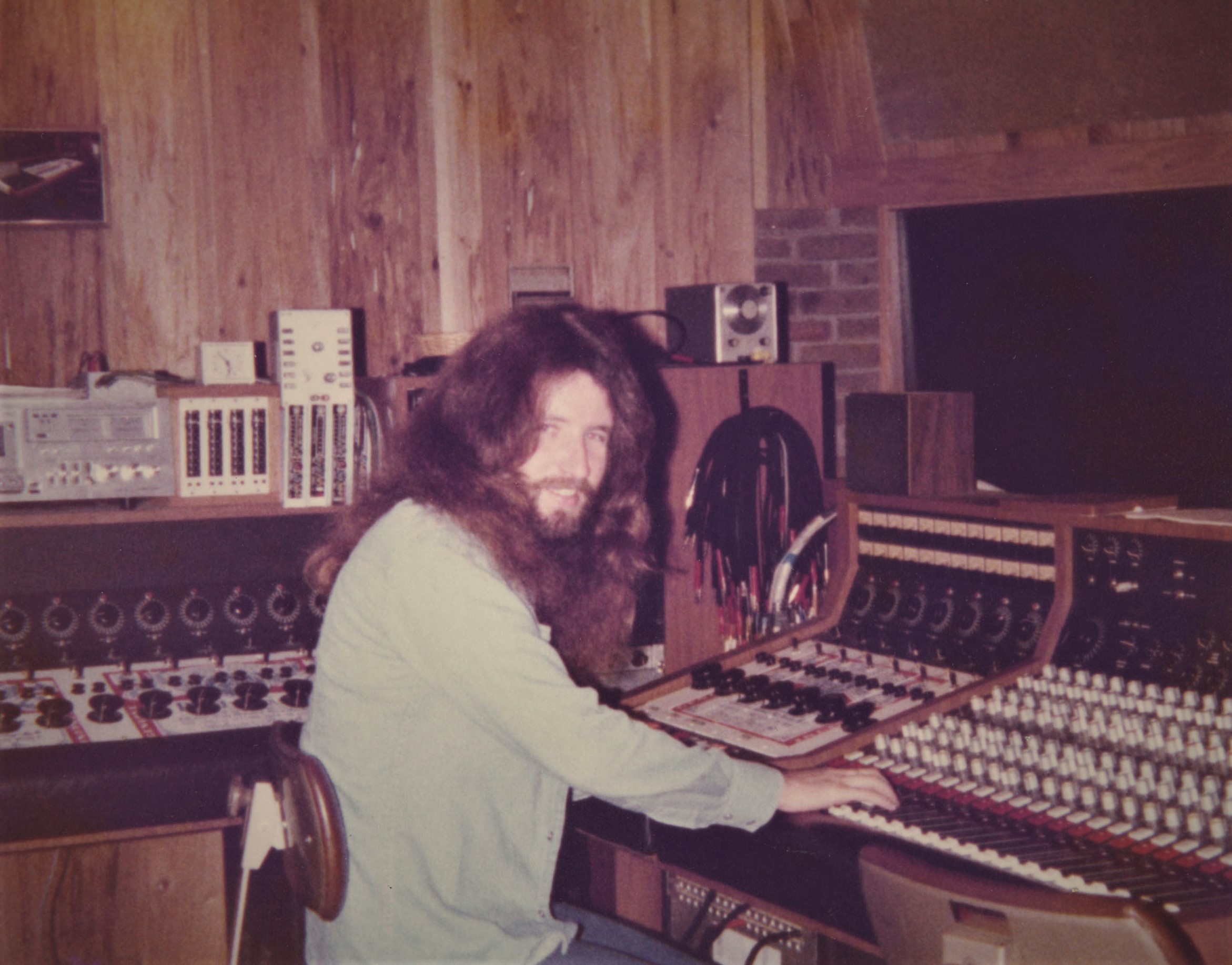


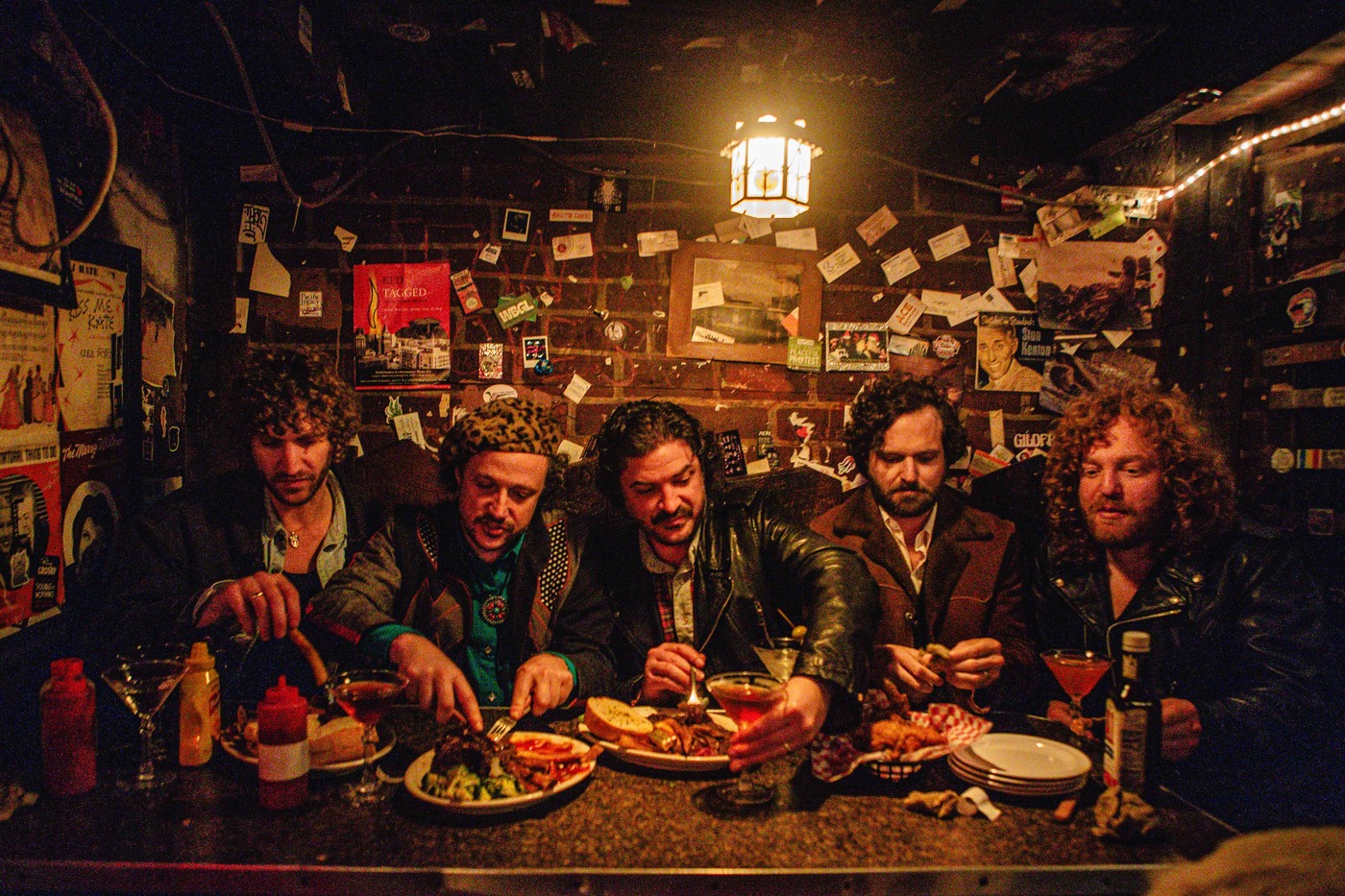
Nice to see another Singer-Songwriter rescued from obscurity. As a fan of the genre I’m glad of these discoveries as some of them have turned out to be among the best.